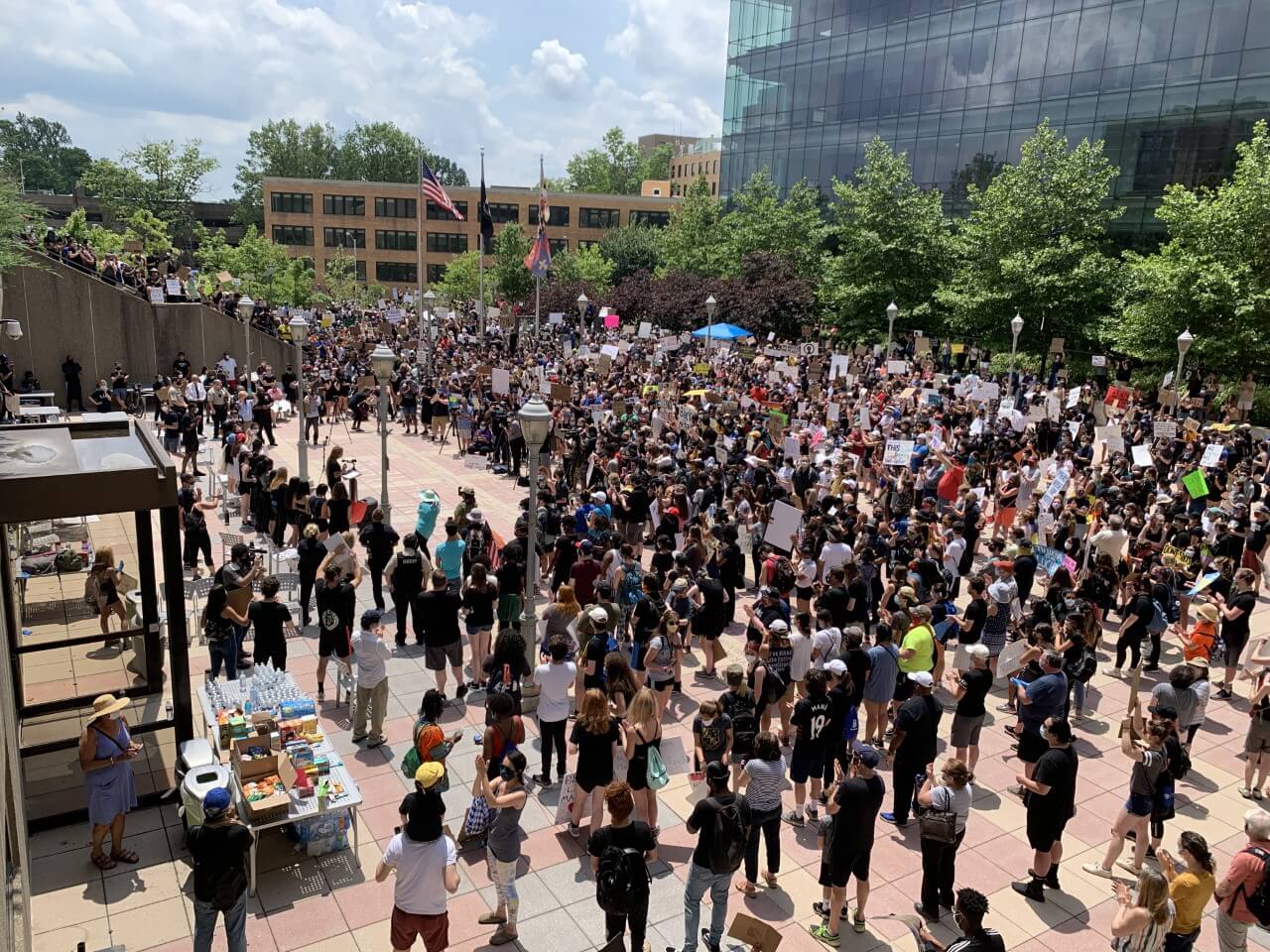
New Report on Enforcement of Gun Laws in Baltimore Finds More Focused Approached Could Reduce Violence, Improve Community Relationships with City Police
by Daniel Webster, Cassandra Crifasi, Rebecca Williams, Marisa Doll Booty, and Shani Buggs
Published by Johns Hopkins Bloomberg School of Public Health
Excerpt: A new report from the Johns Hopkins Center for Gun Policy and Research at the Johns Hopkins Bloomberg School of Public Health finds that broad “stop-and-search” practices used for many years by Baltimore police to look for illegally possessed guns have minimal, if any, impact on gun violence. These practices also result in mental and physical harm to those who are unjustifiably searched and serve to undermine community trust in police.
The researchers also found that residents of communities most impacted by gun violence in Baltimore want more focused and accountable law enforcement to reduce gun violence.
The report, Reducing Violence and Building Trust: Data to Guide Enforcement of Gun Laws in Baltimore, was written prior to the recent killing of George Floyd by Minneapolis, Minnesota, police and the resulting protests opposing law enforcement violence.
The researchers conducted 200 household surveys and four focus group discussions in 2018 in parts of West and East Baltimore that experience high levels of gun violence. The report also draws on analyses of law enforcement data in Baltimore, law enforcement practices in other cities, a 2018 review of proactive policing by the National Academies of Science, Engineering and Medicine, and a survey of practices from other law enforcement agencies.
















